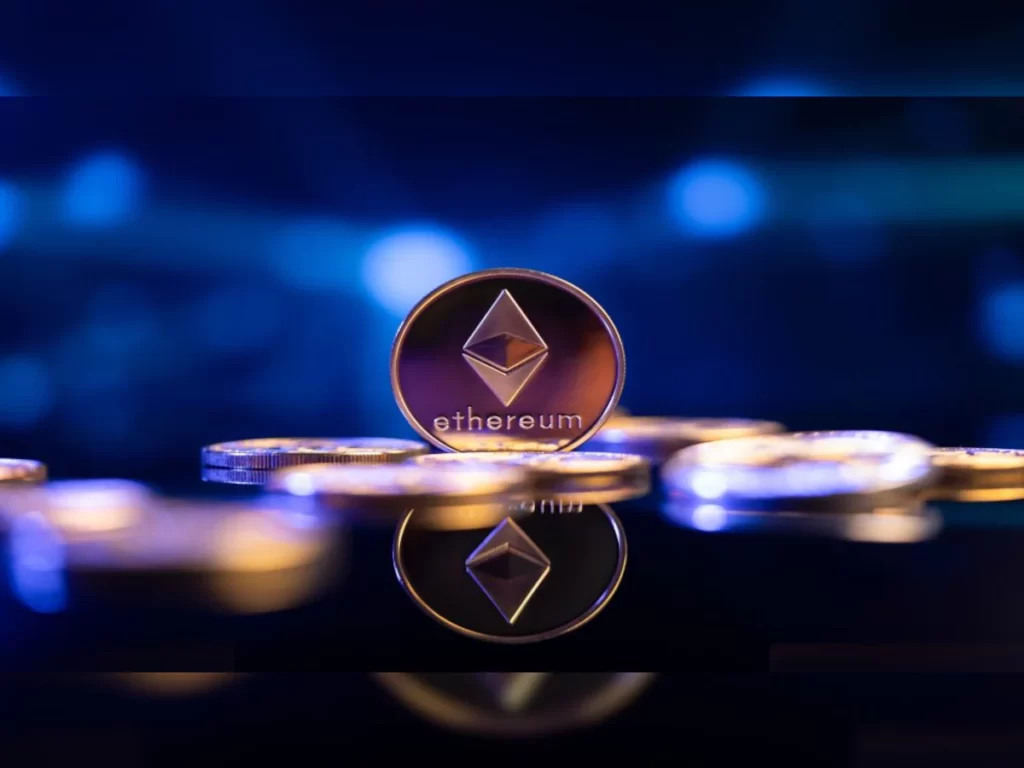There is growing confidence that the Ethereum Merger, scheduled for mid-September, won’t be delayed after the Goerli merge went smoothly.

After Ropsten and Sepolia, Goerli was the final testnet left to be merged, and as of 1:45 a.m. UTC on August 11, it became a Proof-of-Stake (PoS) blockchain.
Today’s Goerli testnet merge was completed without any significant complications, indicating that the anticipated Ethereum Merge date of September 19 won’t be postponed.
Preston Van Loon, a core developer, and podcaster and supporter of ETH Anthony Sassano (@sassal0x), who boasted to his 216,400 followers that “next up is (finally) the Ethereum mainnet!!,” are just a few of the prominent developers and figures in the Ethereum ecosystem who have taken to Twitter to express their excitement over the successful merge. The Merge is on its way.
However, some people pointed out that a few minor flaws were also present in the first and second testnet merging.
Despite some “confusion on the network due to two different terminal blocks and plenty of non-updated nodes,” according to Ethereum developer Marius van der Wijden, things were still moving forward “pretty well.”
Tim Beiko, the principal Ethereum developer, also posted a screenshot as soon as Goerli’s conversion to PoS was complete.
Given that Beiko previously stated that the significant upgrade will take place on (or close to) his proposed date of Sept. 19 if the final merge trail runs went through successfully, there is growing confidence that the eagerly awaited Ethereum mainnet merge with the PoS-based Beacon Chain will go through without a hitch.
The Merge will drastically lower Ethereum’s energy usage while moving the network closer to its long-term scalability, security, and sustainability goals in what is being hailed as one of the most significant updates in blockchain history.
The multi-phased sharding upgrade, which will considerably improve the “distribution of data storage requirements, enabling rollups to be even cheaper, and making nodes easier to manage,” will be the next big milestone after the Merge.
In essence, sharding entails horizontally distributing the Ethereum database among shard chains to increase network capacity while relieving pressure on the core network.
In the months leading up to the Merge, the price of Ether (ETH) has had a stratospheric rise, rising 72.2 percent in that time to reach $1,890 at the time of writing.
